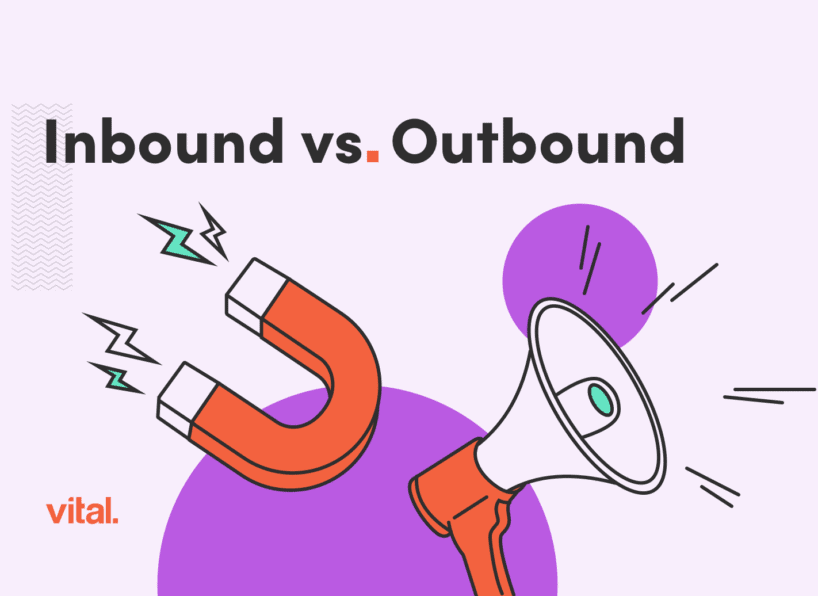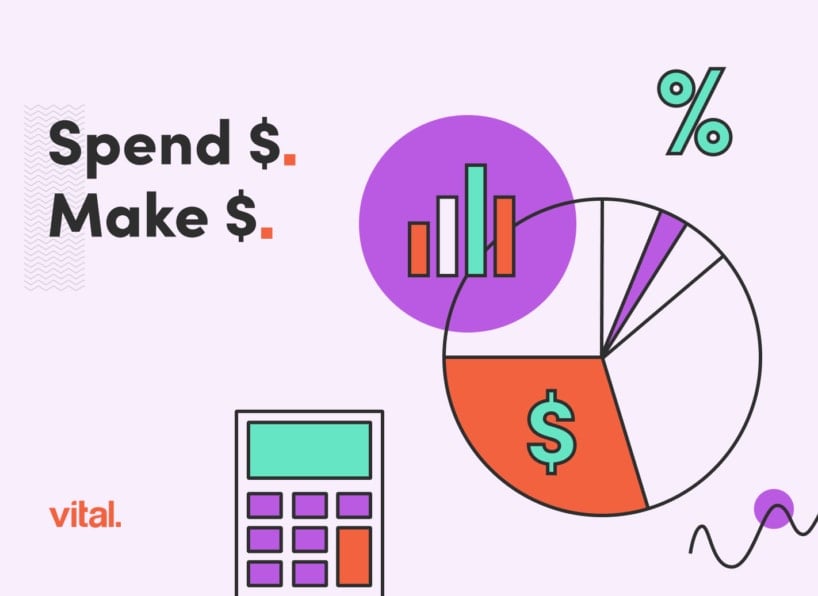Running a Pay-Per-Click (PPC) campaign via Google AdWords is a good way to drive traffic to your small business’ website immediately. Once you have a campaign running, have accrued substantial traffic data and feel you have a general handle on your strategy, it’s time to optimize your PPC strategy. This optimization comes from analyzing your AdWords data and making strategic decisions. PPC is a “band aid” fix — it will drive traffic to your site, but when you stop paying for the PPC campaign, the traffic will stop too. This is one of the fundamental differences between PPC and SEO. PPC is a fast way to drive a lot of traffic into your site, while SEO is a slower process that will send more traffic over time to your site, and you don’t lose the search value of your links and content even if you stop developing your SEO strategy.
In this post we’ll look at the various metrics that can help you optimize your PPC campaign. We have nine questions you should ask yourself to help optimize businesses’ PPC strategy. It’s a lot of information, so we’re going to cover the first five questions in this post, and then cover the rest in next week’s post.
1. What is my Click-Through-Rate (CTR)?
Clickthrough rate (CTR) is the number of clicks your small business’ ad receives divided by the number of times your ad is shown (impressions). Your ad and keyword each have their own CTRs, unique to your campaign performance. Your PPC Strategy’s CTR is a vital metric to follow to truly understand your small business’ PPC Strategy performance as part of your overall Internet marketing strategy. A keyword’s CTR is a strong indicator of its relevance to the user and the overall success of the keyword. For example, a well-targeted keyword that shows a similarly targeted ad is more likely to have a higher CTR than a general keyword with non-specific ad text. The more your keywords and ads relate to each other and to your business, the more likely a user is to click on your ad after searching on your keyword phrase. A low CTR may point to poor keyword performance, indicating a need for ad or keyword optimization. Therefore, you can use CTR to gauge what ads and keywords aren’t performing as well for you and then optimize them. For example, we may find that if our target keyword is “web design nh” but our ad triggered by the keyword “web design nh” instead reads “Internet marketing nh” that we have a low CTR because the ad does not pay off the keyword.
2. How many Ad Groups do you have?
Organizing similar keywords into multiple ad groups gives you a better opportunity to have higher click through rates (CTRs) and quality scores. The quality score is a rating from Google that ranges from 1 (not relevant) to 10 (highly relevant), and the main reason you want that score to be high is that it will enable you to bid lower for higher placements. If your ad groups have too many keywords that are unrelated, then Google will not know which words it should base its relevancy rating upon and your CTR will most likely be lower leading to a low quality score. Generally if your small business’ PPC Ads have a quality score of around 7 or higher you are in good shape, but remember, keep monitoring and adjusting as needed.
3. What is my Ad’s “Serve Percentage”?
Your AdWords Ad Serve Percentage is the percentage of time your ad has been shown in relation to the rest of your active ads within the same ad group. It’s normal for the ad served percentage or the number of impressions accrued for each ad in your ad group to be different.





